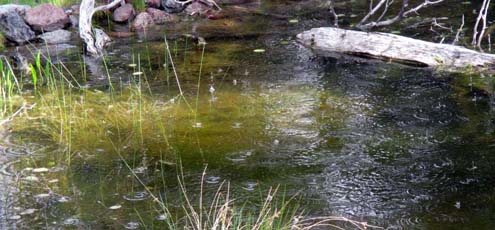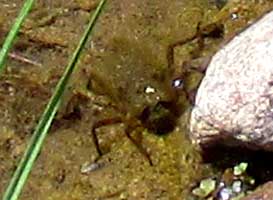
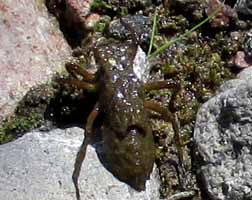
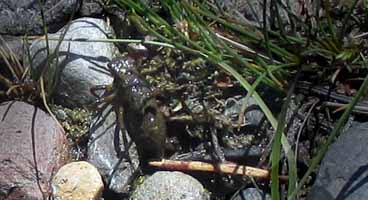
A Twelve-spotted Skimmer Emerges - 2015
Kathy's Dragonfly Roost Pond Diary

Click on any image to see it expanded and inlarged.



The nymph eventually found a substrate that matched its requirements. It climbed up the stem and secured itself in a stationary position.
Next it begins to pump itself up with air - if you look closely you may make out how the thoracic area now appears a bit hunched
(apologies for the soft focus).
In the 3rd image the exoskeleton has opened and the thorax and eyes begin to appear.
Timing sequence: 10:19; 10:32; 10:36;
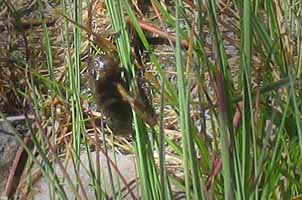 <
<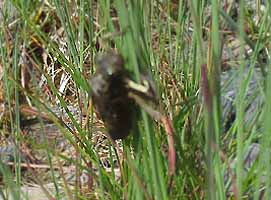
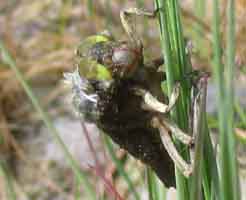
Little by little, the body of the new dragonfly emerges. The white string-like things are the linings to the tracheal system that the
nymph no longer needs as it becomes an air breathing insect. You can see its legs too being pulled out of their exoskeleton.
In just a few more seconds, its 'toes' were out. At this point the emerging dragonfly is completely helpless. It has to wait until
its legs have dried and hardened - then it lurches forward, grabbing its shed exoskeleton, which is now referred to as the exuvia, and
in so doing, it pulls the rest of its abdomen and wings out. From this point on the process is quite similar to how a butterfly pumps
up the wings, but notice too that the body is already at least twice the length of the exuvia.
10:37; 10:38; 10:55; 11:00;
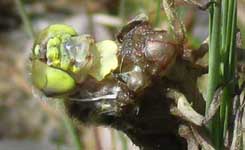
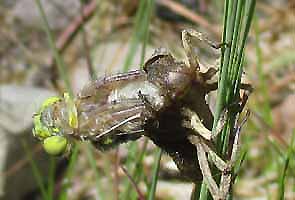
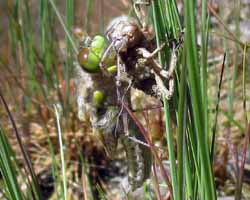
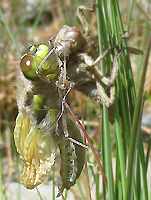
Slowly the wings and body inflate; its easy to see only 2 appendages at the end of the abdomen, this is a female. At last, an
hour and a half since she climbed the grass stems, she spreads her wings for the first (and last) time. Within seconds, she flew off, never to close her wings again.
11:04; 11:14; 11:59
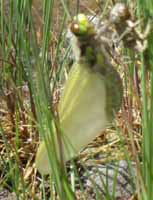
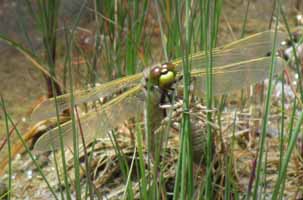
By 5:30 that afternoon it was raining again. But our pretty lady (pulchella means beautiful) was now ready to meet the demands of the world.
